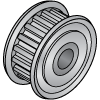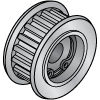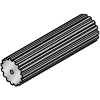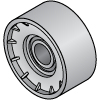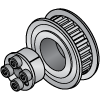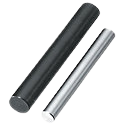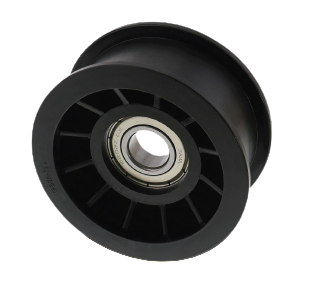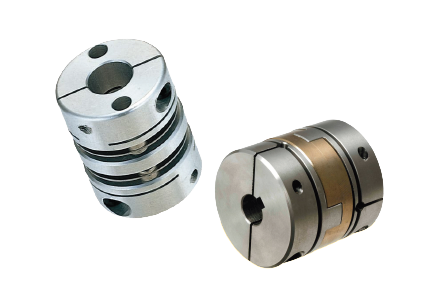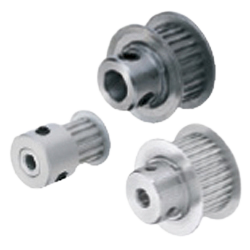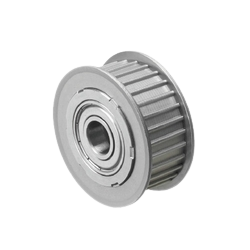
Rotary Motion and Power Trasnmission
TIMING PULLEYS
A mechanical device consisting of a wheel with teeth on its outer perimeter. These teeth are designed to engage with a belt or toothed chain, allowing the transmission of motion and power from one shaft to another.
Applications
Toothed pulleys are used in a wide range of industrial sectors, here are some of them:
- Robotics: Drive systems to control and transmit the motion of joints and actuators in industrial and automated robots.
- Food and beverage: Used in processing equipment, such as mixers, packaging machines, among others, to control and transmit the necessary movement at each stage of the process.
- Packaging: Sprocket pulleys are used in packing and packaging equipment to control the movement and timing of conveyor belts, filling and sealing machines, and other related components.
MISUMI inCAD Library
Example No.000032
In this assembly the machine picks up a part to
position it in the other row.
Pulleys are traction devices in charge of transmitting
the movement to the shaft by means of the belt.

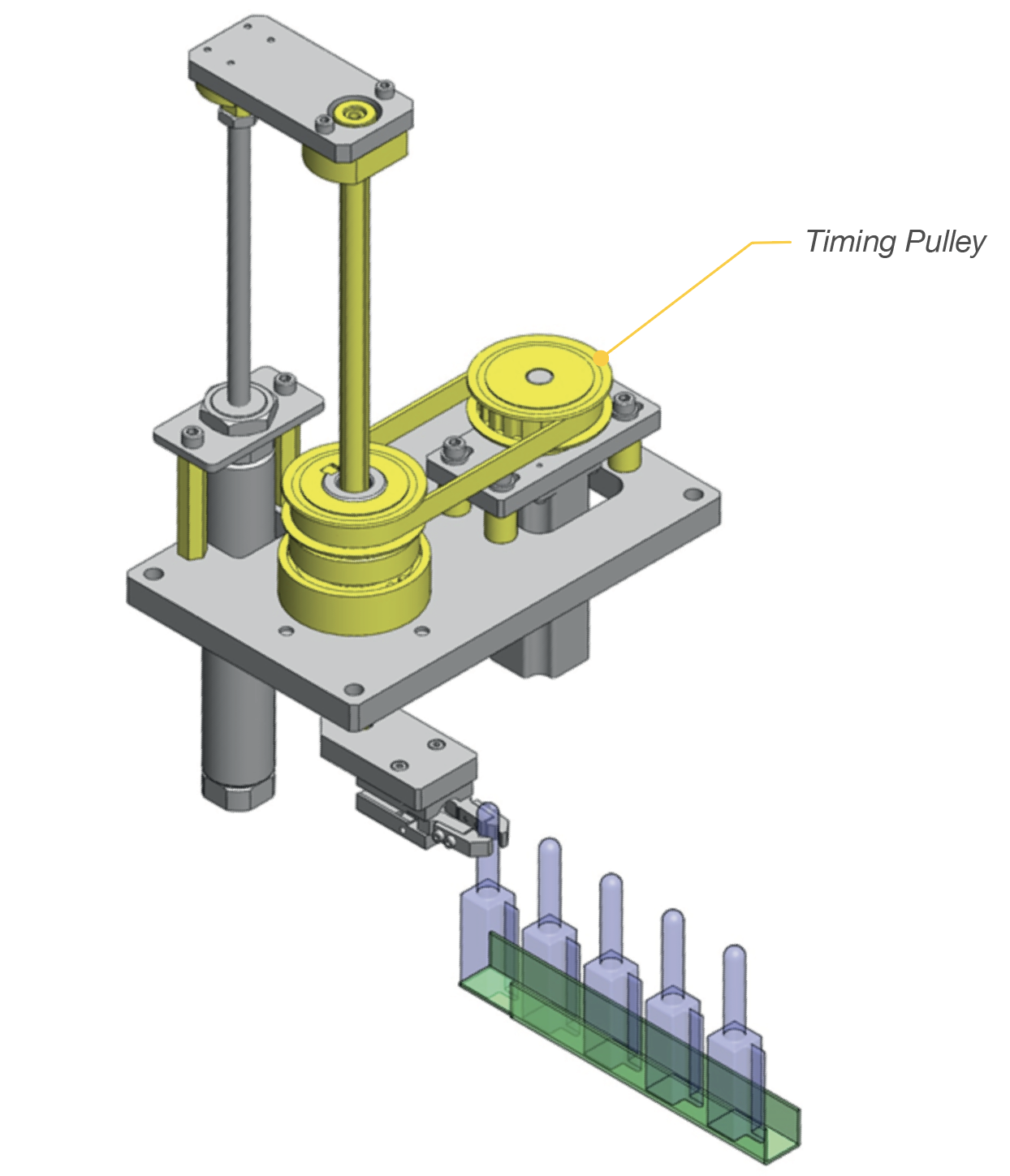
Features
In MISUMI, you can find different types of pulleys, here we present them to you:
Ideal for positioning and
synchronization. It is the most used pulley in transmission systems.
These are timing
sheaves with internal bearings included. Generally used as a support point in the system.
Its function can be mainly as
a tensioner or in conveyor
applications.
Similar to idlers, but in
this case the belt is supported by its smooth side. It haves internal bearings.
These are timing
pulleys that have a conical bushing as an accessory to adjust the shaft by tightening the screws.
Pulley Series
The pulleys available from MISUMI are compatible with the belt series in our catalog, be sure to select a pulley series that matches the timing belt series to ensure compatibility:
| MXL | XL | L | H | T5, T10 | AT5, AT10 | S2M-S14M | P2M-P5M | UP5M-UP8M | MTS8M | 2GT-EV8YU |
|---|---|---|---|---|---|---|---|---|---|---|
| 0.800″ | 0.200″ | 0.375″ | 0.5″ | 5, 10mm | 5, 10mm | 2,3,5,8 14mm | 2,3,5, 8mm | 5, 8mm | 5mm | 2,3,5, 8mm |

Dimensions to Consider
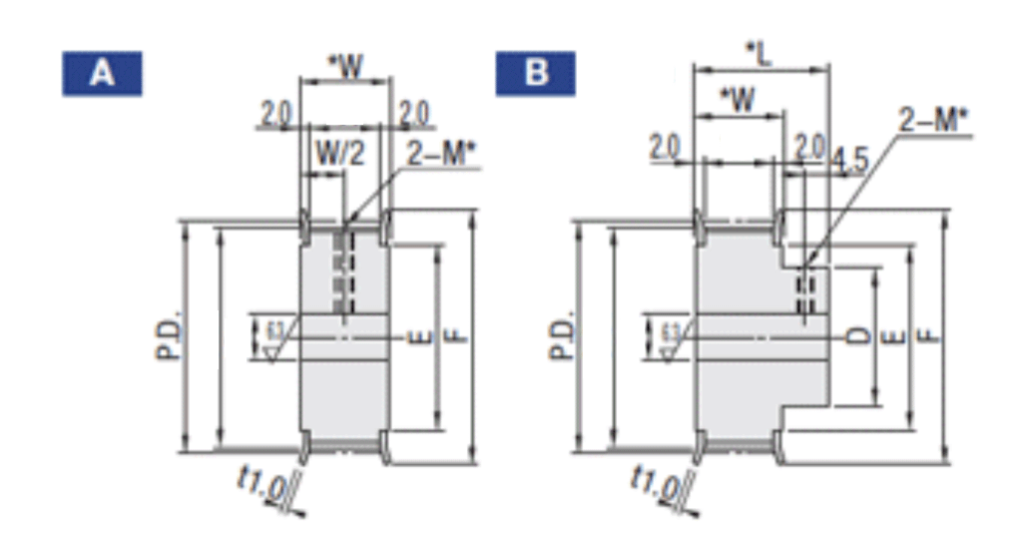
Type A
Pulley shape.
Type B
Two models are available: Type A and Type B.
A
Compatible Belt width. The dimension of A and the width of our band must be the same.
OD
Number of teeth. The number of teeth will define the diameter of the pulley.
d
Auger for the shaft. It is the diameter of the hole to mount the pulley on our shaft.
Types of Machining
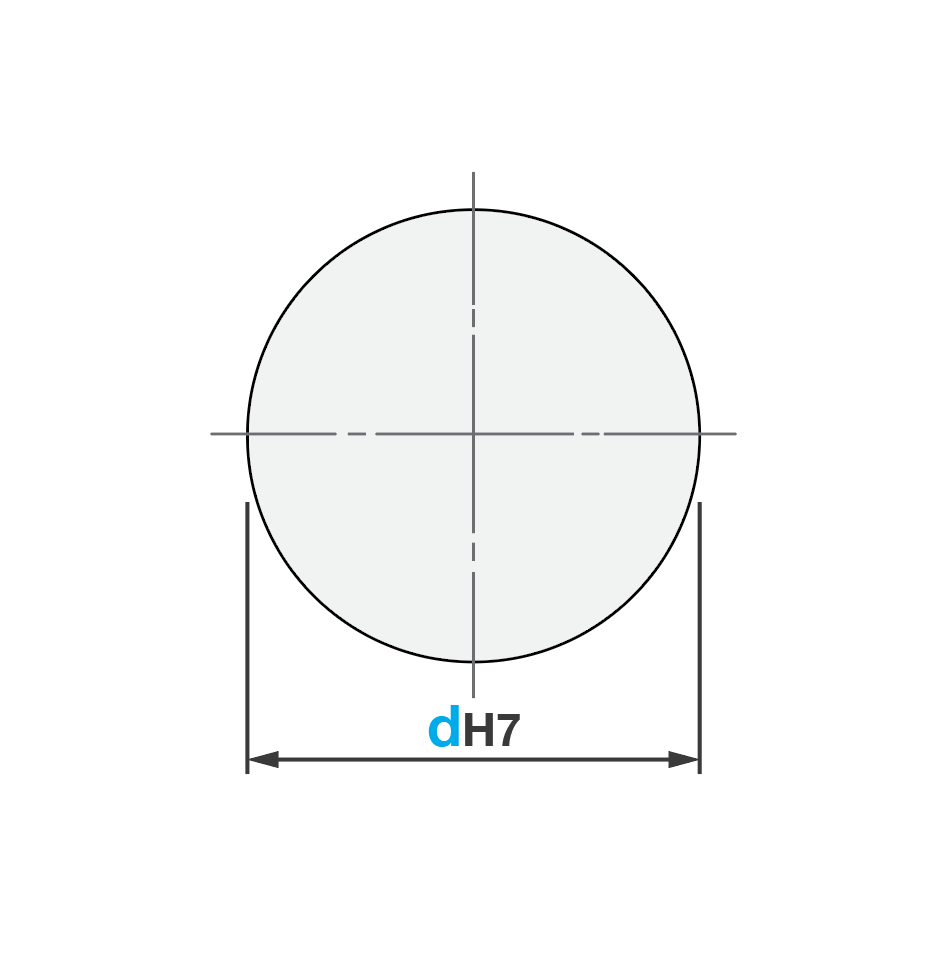
Circular hole
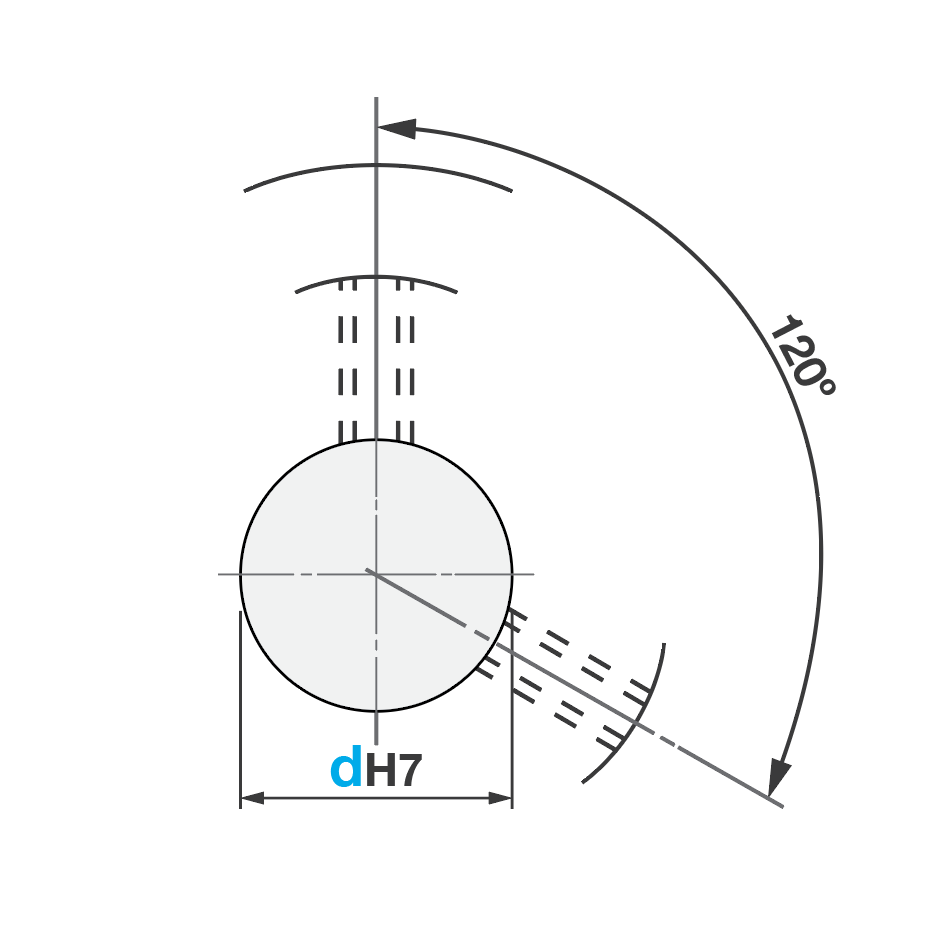
Circular hole with clamps
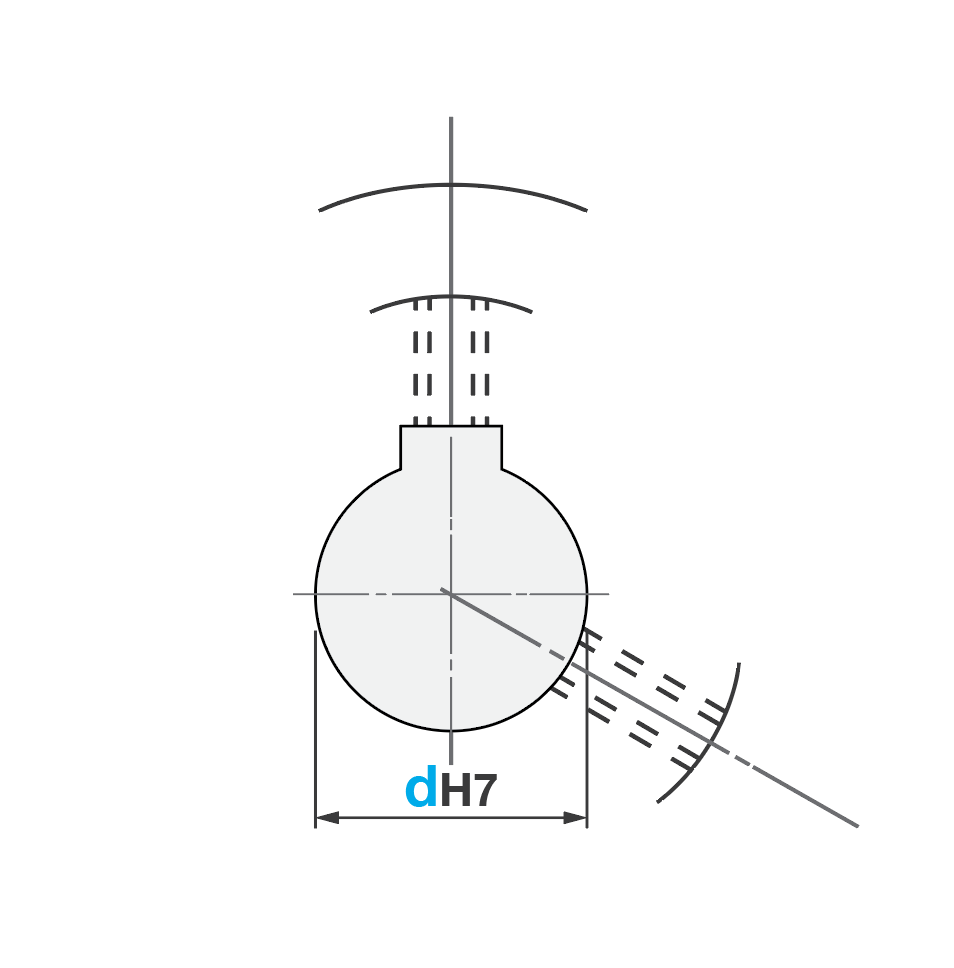
Barrens with oppressors and wedges
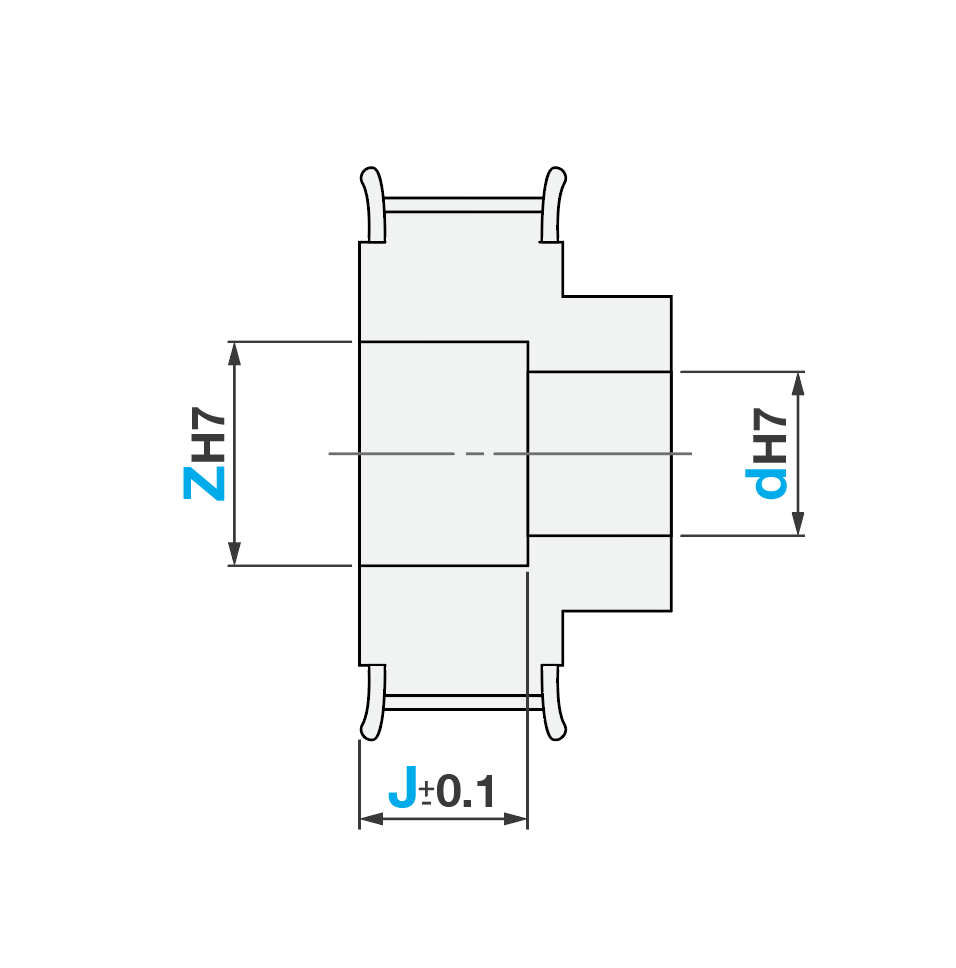
Staggered hole
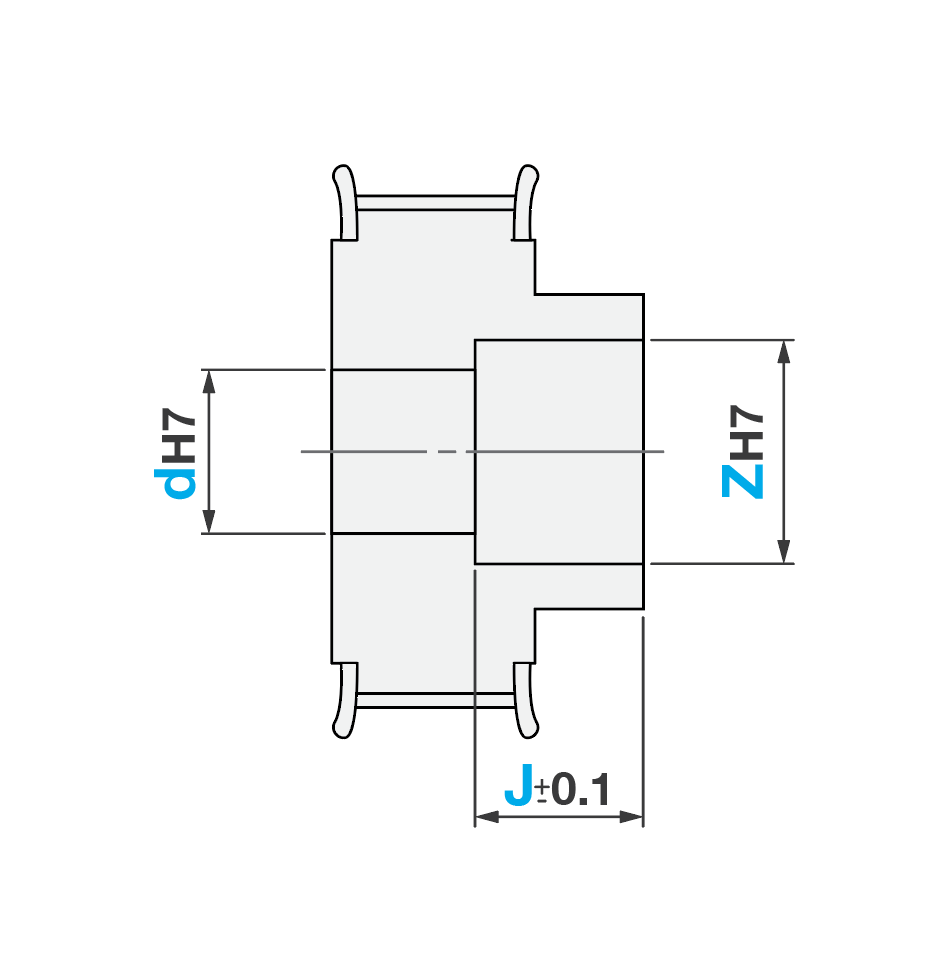
Opposite stepped hole
H Round hole in mm.
HU Round hole in in.
P Round bore in mm. with clamps PU Round hole in in. with clamps.
N Hole in mm. with shim (New JIS) and clamps NU Hole in mm. with shim (New JIS) and clamps C Hole in mm. with shim (Old JIS) and clamps.
V Staggered hole.
F Opposite stepped hole.
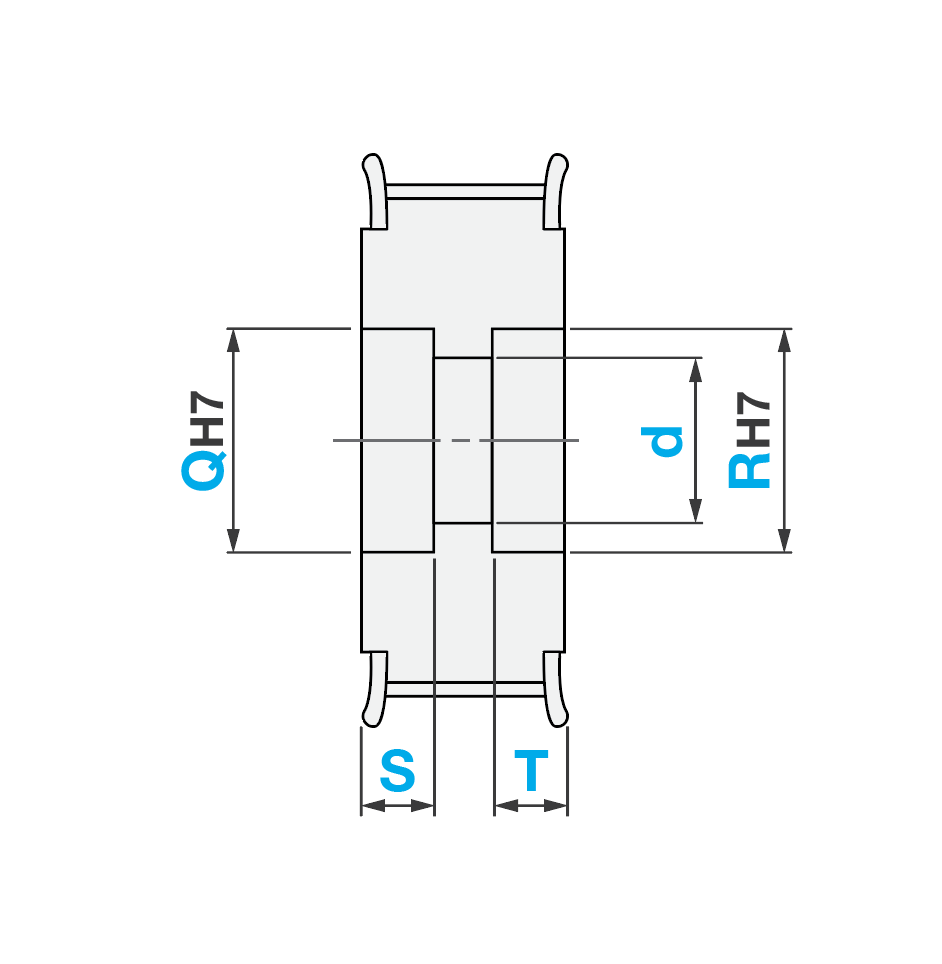
Both sides with stepped hole
Y Both sides with stepped hole.
Materials and Surface Finishes
- Carbon steel: High machinability and durability.
- Stainless steel: Corrosion resistant and no magnetic permeability.
- Aluminum: Lightweight, good hardness and corrosion resistant.
- Resin: Available only for tensioners. Non-metallic material of high durability.
The following are the finishes we have available:
| Material | Surface finish | Features |
|---|---|---|
| Carbon steel | Pavonado | It provides a black color appearance and greatly improves its corrosion resistance. |
| Electrodeless nickel platings | It gives a silvery yellowish appearance and improves its resistance to corrosion, but to a lesser extent than bluing. | |
| Aluminum | Light Anodized Dark Anodizedo |
• Increased resistance against abrasives • Increases the durability of aluminum • Allows easy cleaning • Does not fade |
MISUMI Benefits
- Configurable components
Standard and globally valid part number 3D
- 2D/3D CAD download in different formats (STEP, SolidWorks, CATIA, Inventor, AutoCAD)
- Preview
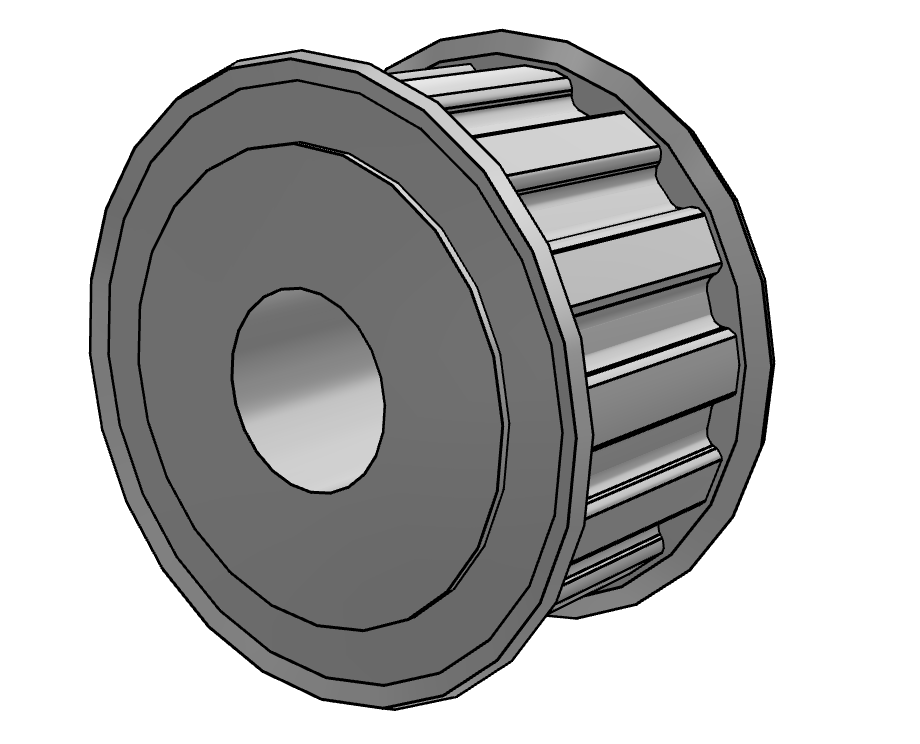
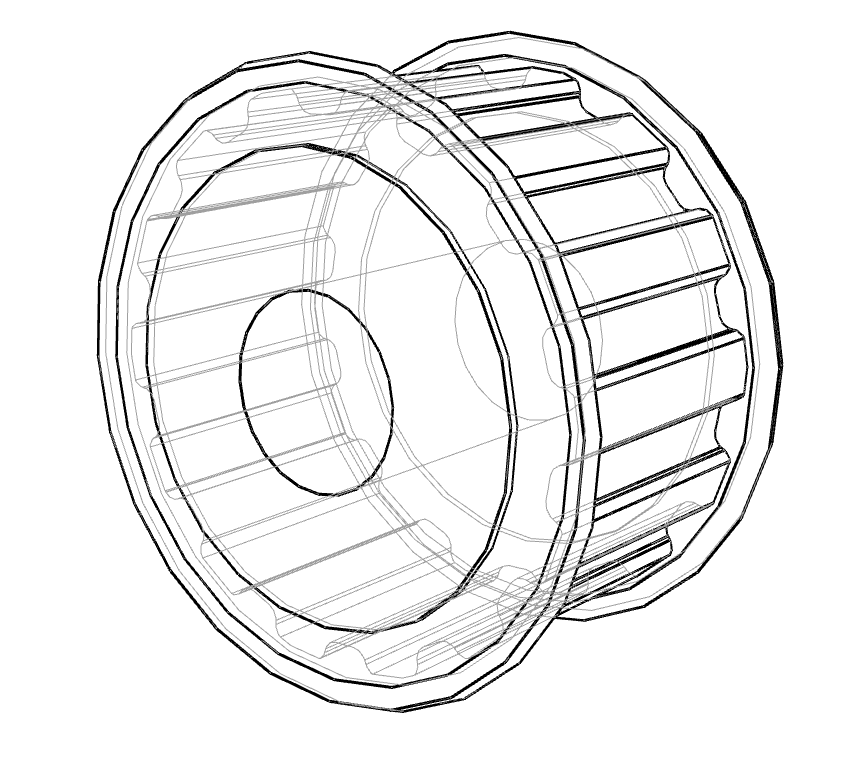
- Quotations and direct purchases from our online store
Related Products

